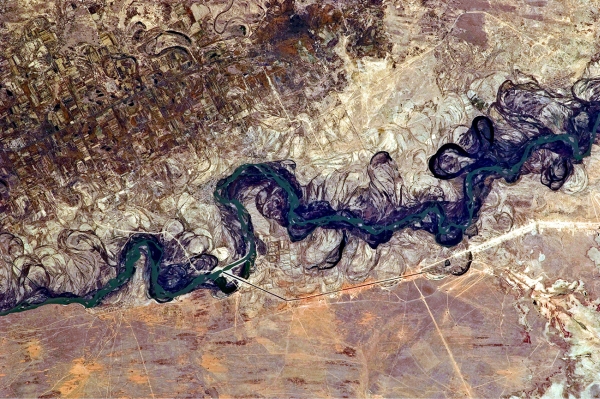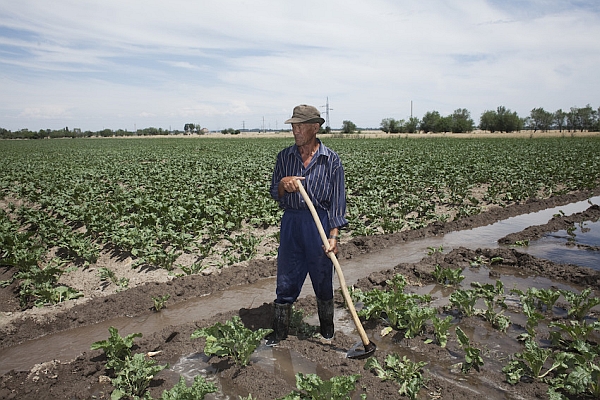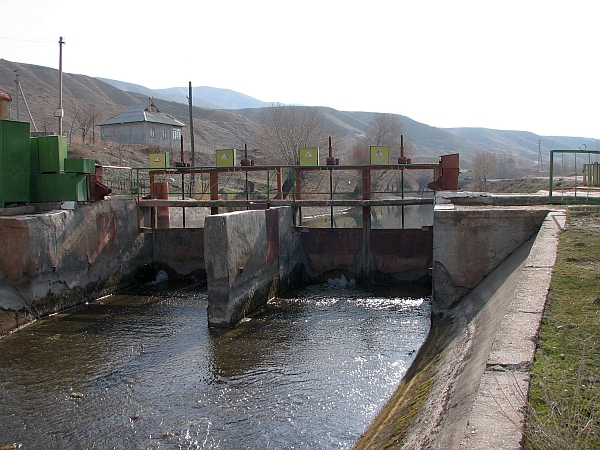New database reveals large numbers of sub-basin scale agreements
The Syr Darya is one of the two main river basins in Central Asia. It encompasses cascades of multipurpose reservoirs and complex irrigation infrastructure. These transcend national boundaries and create complex upstream and downstream interactions. Partly engendered by environmental issues in the Aral Sea and related challenges of water scarcity in the Syr Darya, relations among Central Asian countries have increasingly been described in terms of transboundary resources conflict. Demand for water in the riparian states — Kazakhstan, Kyrgyzstan, Tajikistan, and Uzbekistan— has indeed led to competition and tension, but has also driven the creation of water treaties. These are designed to foster cross-border management arrangements that sustain livelihoods dependent on the river waters. So do the conventional narratives, which have tended to focus on how the region’s finite water resources have led to tension between the riparian states, reflect reality?

Photo: Wikipedia
Focusing in on the Small Transboundary Tributaries
To reveal a more complete picture, perhaps we need to think smaller. In a new paper Tributary-level transboundary water law in the Syr Darya, IWMI researchers, noticing emerging evidence of sub-basin scale cooperation in the Syr Darya and a dearth of research on the role of scale in transboundary water management, decided to look into water agreements on tributaries (small streams that feed into larger streams or rivers). These small transboundary tributaries (STTs) of the Syr Darya Basin are key areas for irrigation and community livelihoods and, despite their size, play a significant role in Central Asia’s economic development.

Photo: IWMI/Ikuru Kawajima
“This research has begun to identify the sheer volume of tributary-level cooperation in Central Asia. We’ve compiled and classified more than 100 treaties – existence of most of these treaties had gone largely un-noticed previously,” says paper author Jonathan Lautze. The paper not only provides a rich set of evidence on tributary-level water treaties, but also expands the known volume of global transboundary water law by over 15%. The contribution of new tributary-focused water agreements may even change and enhance findings in previous analyses of global transboundary water law.
Intensification of tributary-scale cooperation
One surprising result from analysing the vast collection of STT treaties is that despite the high-level political challenges and tensions over water management among Central Asian states in recent times, water cooperation at a local level, on tributaries in the Syr Darya, actually peaked in the first decade of the 21st century. In a time of palpable tension on the larger basin scale, cooperation on the local, tributary-level intensified. “This research is important because it reminds us that water cooperation can take alternate forms,” explains Lautze. “While there has been a convergence in recent years toward certain types of cooperative frameworks, this research highlights that local, tributary-level cooperation may play a valuable role in water management.” The paper urges us to think more broadly about the scale of water cooperation; although higher-level basin-wide management frameworks often receive the greatest attention, perhaps there is potential to place complementary focus on practical cooperation at local levels.

Photo: IWMI/Nadia Manning
Evidence, not headlines
Ultimately, the abundance of STT treaties may highlight the enduring and perhaps more essential nature of local-scale cooperation. “The bottom line is that cooperation on transboundary waters in Syr Darya STTs is ongoing in the 21st century, but this cooperation frequently does not receive the attention it deserves,” says lead author Bunyod Holmatov. “We know that the people in the Syr Darya sub-basins are increasingly willing to cooperate on practical water issues—often without involving third parties.” Researchers hope that by looking at transboundary water law on a local scale, we can help push the pendulum back toward the center to reflect the reality that in Central Asia water cooperation has occurred and continues to occur on the local scale even if the storyline is different at the basin scale. By focusing on practical evidence rather than sensationalized notions of “water wars,” we can identify effective ways to respond to water management challenges and ensure cooperation for the future.
Related Paper:
Tributary-level transboundary water law in the Syr Darya: overlooked stories of practical water cooperation
Bunyod Holmatov , Jonathan Lautze, Jusipbek Kazbekov
http://link.springer.com/article/10.1007/s10784-015-9308-3
This work is supported by the Transboundary Water Management project carried out by the CGIAR Research Program on Water, Land and Ecosystems (WLE).

